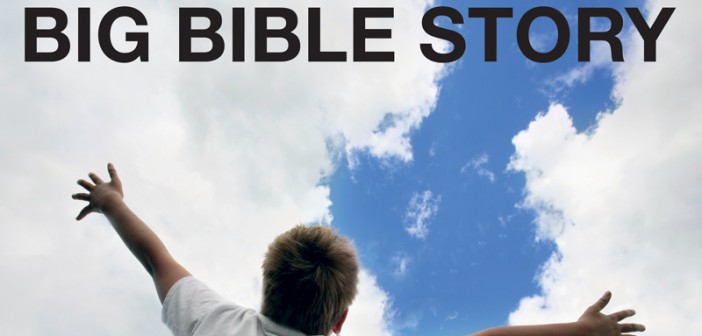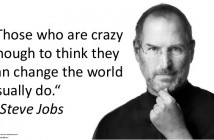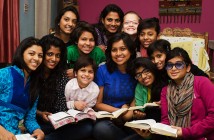And here is the 3rd key or formational experience in Making Young Disciples. This is a part of a series looking at how we can help our young people not walk away from church and/or faith in their early adolescent years.
Every part of the Bible – each event, book, character, commands, prophecy and column – must be understood in the context of one storyline. In many cases the approach to faith formation has been built around a series of disconnect Bible stories and memory verses.
Our children today are looking for the big story of life and the Bible provides the story. As they enter this story it is important that they discover not only the content but also that they are a part of this story – God’s story. It is our privilege to help children find their place in God’s big story.
As we ‘earth’ each story in its place in time and space we are giving validity to the story and helping children to see that God’s story is the true big story of our world.
“Your word is a lamp for my feet, a light on my path.” Ps 119:105
Principles and practical ideas to inspire you as you implement this Formational Experience into your 10 year plan:
Principles
- Builds understanding of God’s mission, God’s plan of redemption. Our world view is so limited and narrow today.
- Reinforces the reality of the Bible – real people, historical people, in real places at a real time in history
- I am part of the story.
Practical ideas
- Use resources such as “Big Bible Challenge”(Bible Society); “The Epic Story” (Kenmore Baptist); “The Faith Effect” (World Vision) to ‘build’ the BIG story of the Bible into the child’s learning. Great resource – ‘Big Book of History’ – Master Books $19.95 available at Koorong
- The BIG story of the Bible must embrace the BIG questions.
- A timeline (including Biblical characters and events as well as important events in the World) on a wall in the Church may help children to understand their part of the ‘journey’. Each child putting their name on the timeline is powerful.
- Teaching strategies – Whenever you look at a story, put it on a dot on the timeline. Link stories.
- People’s personal stories of faith are powerful….include many in children’s experiences.
- ‘Cluster’ BIG themes which are shown in the Bible, into the child’s experiences and learning.
- Parallel the characters of the Bible and their stories with everyday life. For example , the way Job dealt with ‘trials and troubles’.
- Develop a church culture where questions of all sorts are encouraged and encountered, even though this could be very uncomfortable.
- Help children to see that there are different ‘ways of knowing’, including moral, ethical, spiritual, scientific etc.
- Commemorate special people and events through history so that children can identify with the heroes of the faith eg. Celebrate “Abolitionist Sunday” each November, highlighting the life of William Wilberforce and what is being done about slavery today.
- Build into children the expectation that they can, and should make a difference, in ‘their time’
- Leaders need to know that this is the Big Story as well so there is a whole lot of work with adults eg. Preaching this, Facebook page updates for parents on what is taught. Bible stories need a multi- faceted approach. Same teaching across the whole church.




